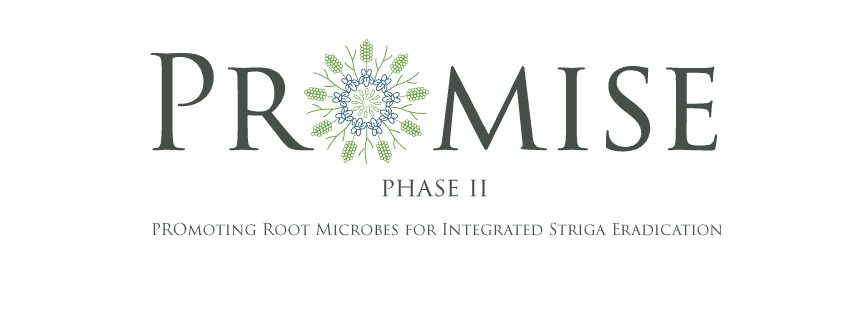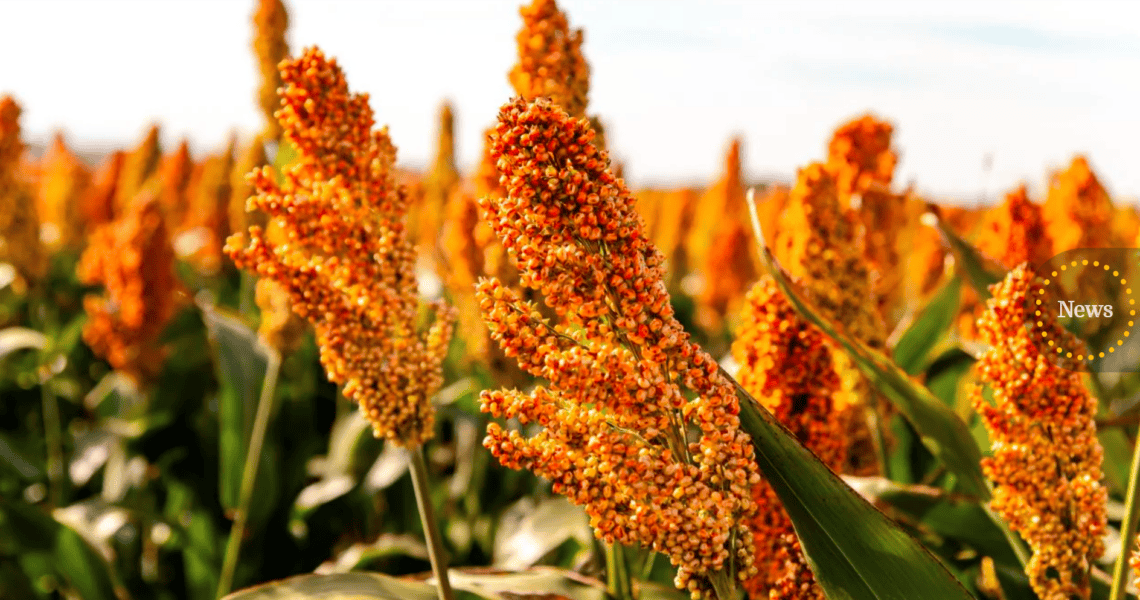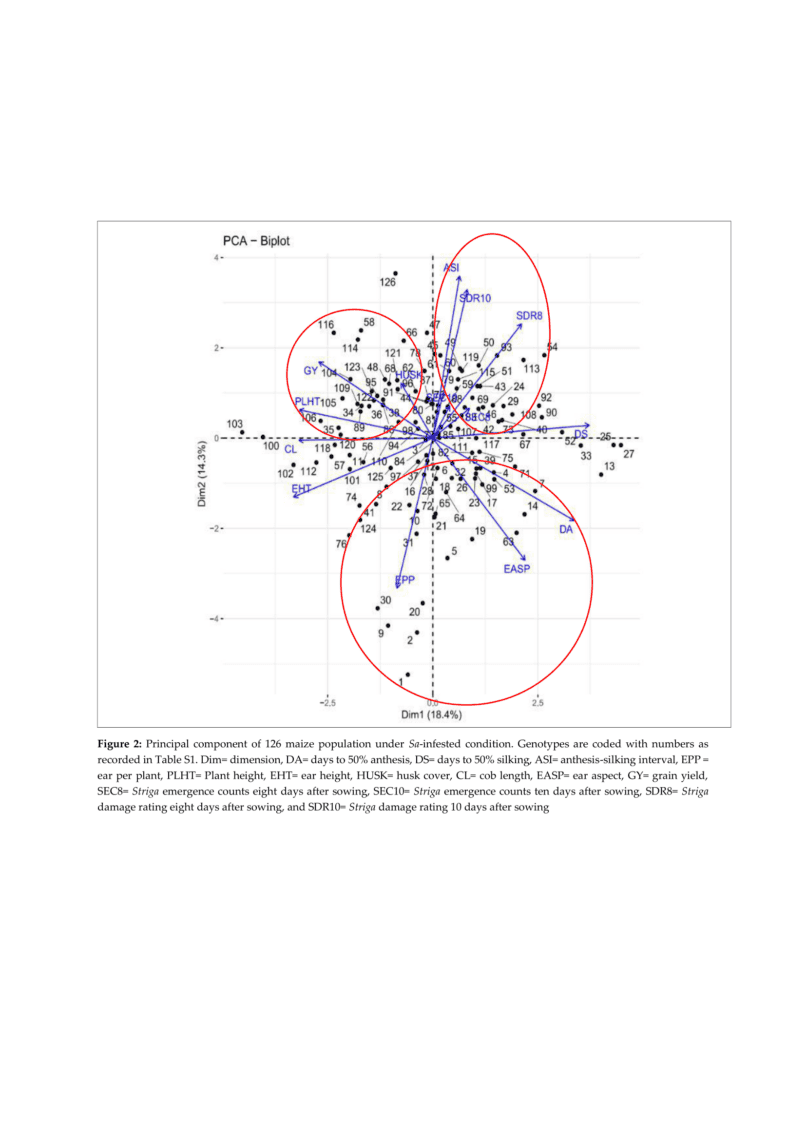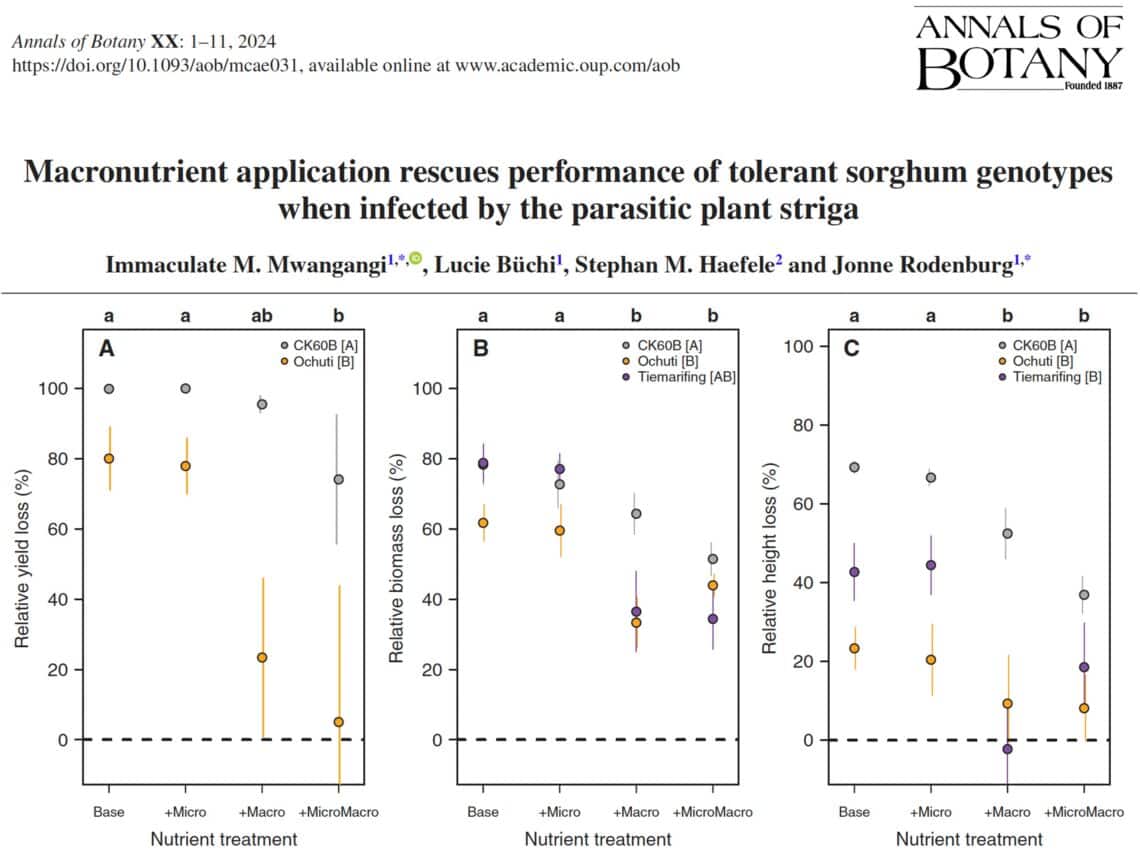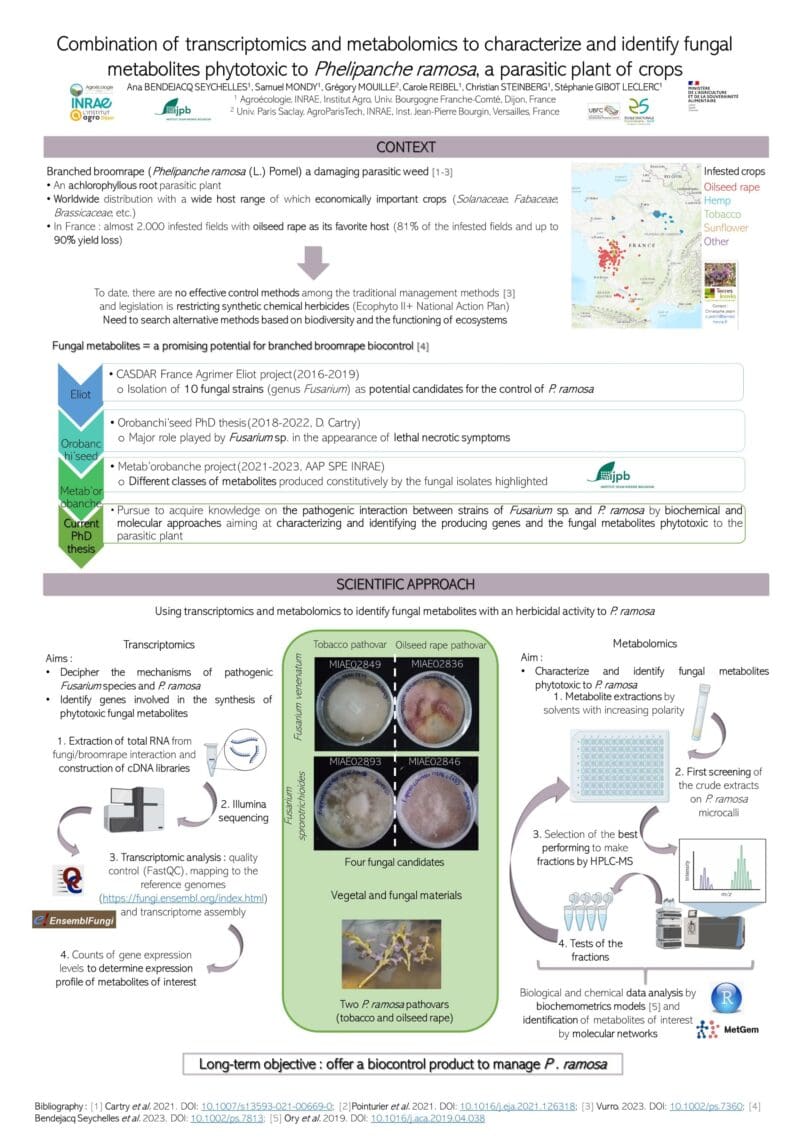Promise II is a 5-year project coordinated by NIOO-KNAW and funded for two 5-year periods by the Bill & Melinda Gates Foundation. The project aims to engineer soil and plant microbiomes to minimize yield losses caused by Striga. In Sub-Saharan Africa, many farmers face challenges accessing affordable resources to protect crops against pests and diseases, and […]
Promoting Root Microbes for Integrated Striga Eradication – Promise II
